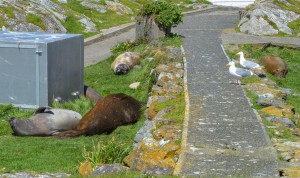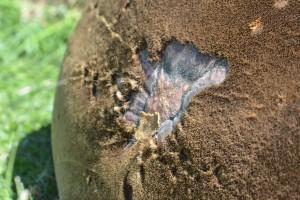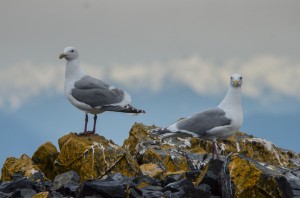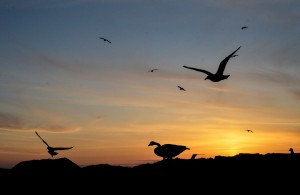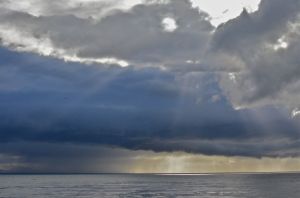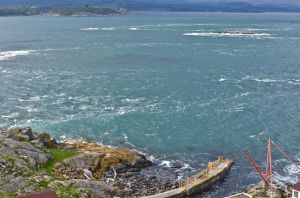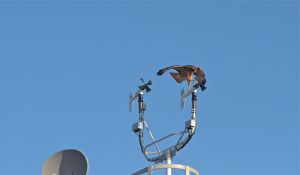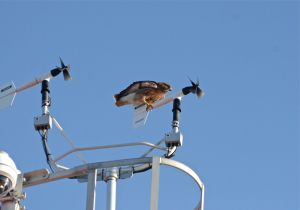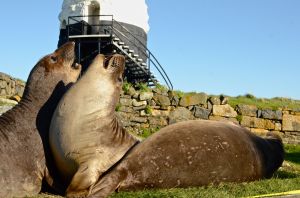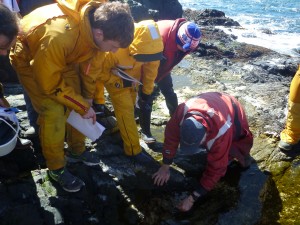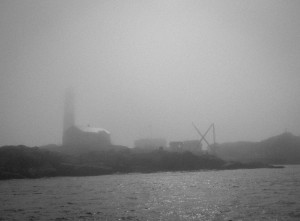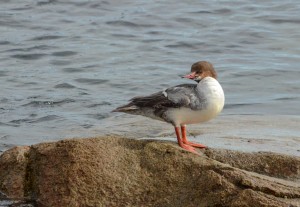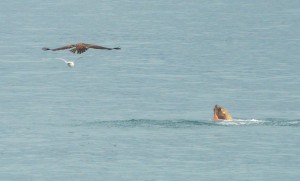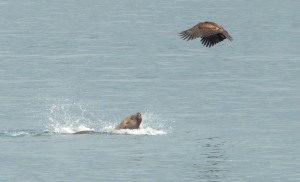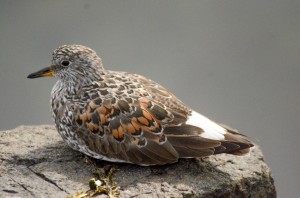Monthly Archives: April 2013
Seawater Data April, 2013
Month: ___APRIL Year: 2013 Pacific Time Zone
| Observer: Pearson College UWC | |||||
| Date | Time | Sea Temp. °C |
Jar Temp. °C |
Hydro- meter No. | Observed Density |
| 1 | 19:30 | 7.5 | 7.6 | 10,802 | 245.0000 |
| 2 | 19:30 | 7.4 | 7.5 | 10,802 | 244.0000 |
| 3 | 20:00 | 7.6 | 7.7 | 10,802 | 243.0000 |
| 4 | 9:00 | 7.7 | 7.8 | 10,802 | 242.0000 |
| 5 | 9:00 | 7.8 | 7.9 | 10,802 | 241.0000 |
| 6 | 13:00 | 7.7 | 7.8 | 10,802 | 241.0000 |
| 7 | 14:00 | 7.4 | 7.5 | 10,802 | 244.0000 |
| 8 | 14:00 | 7.9 | 8.0 | 10,802 | 242.0000 |
| 9 | 14:30 | 7.7 | 7.8 | 10,802 | 243.0000 |
| 10 | 15:00 | 7.6 | 7.7 | 10,802 | 245.0000 |
| 11 | 16:00 | 7.7 | 7.8 | 10,802 | 244.0000 |
| 12 | 18:00 | 7.2 | 7.3 | 10,802 | 243.0000 |
| 13 | 18:30 | 7.5 | 7.7 | 10,802 | 242.0000 |
| 14 | 18:00 | 7.9 | 8.0 | 10,802 | 241.0000 |
| 15 | 19:00 | 7.4 | 7.5 | 10,802 | 241.0000 |
| 16 | 20:00 | 7.5 | 7.6 | 10,802 | 240.0000 |
| 17 | 20:15 | 7.7 | 7.8 | 10,802 | 239.0000 |
| 18 | 9:00 | 7.6 | 7.7 | 10,802 | 240.0000 |
| 19 | 10:00 | 7.9 | 8.0 | 10,802 | 239.0000 |
| 20 | 10:00 | 8.1 | 8.3 | 10,802 | 239.0000 |
| 21 | 10:00 | 8.2 | 8.3 | 10,802 | 238.0000 |
| 22 | 10:30 | 8.4 | 8.5 | 10,802 | 237.0000 |
| 23 | 13:30 | 8.3 | 8.4 | 10,802 | 238.0000 |
| 24 | 15:00 | 8.5 | 8.6 | 10,802 | 239.0000 |
| 25 | 15:30 | 8.6 | 8.7 | 10,802 | 243.0000 |
| 26 | 18:00 | 8.0 | 8.2 | 10,802 | 242.0000 |
| 27 | 19:00 | 7.8 | 7.9 | 10,802 | 240.0000 |
| 28 | 19:30 | 7.6 | 7.0 | 10,802 | 239.0000 |
| 29 | 20:00 | 7.4 | 7.5 | 10,802 | 246.0000 |
| 30 | 20:00 | 7.4 | 7.6 | 10,802 | 249.0000 |
| Mean* | * | 7.8 | 7.9 | 241.6333 | |
| Recorded by Race Rocks Marine Protected Area Guardian | |||||
Bertha is Back
And more beautiful than ever!
This morning 5 elephant seals were on the island, probably seeking some degree of shelter from the 35 knot Westerly wind that has been blowing all day. 4 are juveniles, but in the middle of the pile lies Bertha looking sleek and glossy-brown. She is easily identified by the large scar on her chest and her clouded left eye. Last year she arrived on Great Race on April 15th. I think she has been in the reserve for a little while now but I had not been able to identify her while she rested on Middle Rocks.
We appear to have about 300 Glaucous-winged Gulls on the island this spring. My estimate is that there are about 25% fewer individuals than last spring, when I counted about 200 breeding pairs. Other animals noted in the past few days have been several Dunlins, a small flock of Barn Swallows, a Whimbrel and what resembled a Solitary Sandpiper. I also saw for the first time a Mink (Mustela Vison) on Great Race; quite a swim for the little athlete!
Erik and I did an oil and filter change on the generator. Hopefully it will be the last one and we will soon be able to afford to install a wind generator to provide the last 20% of energy we require. We run the generator about 2.5 hours a day this time of year.
We had 3 groups of student this month, 2 roofers, 3 techs from Environment Canada, and several college staff. Tour boats and fisherfolk are being seen more regularly in the reserve as the nicer weather begins. We had to ask one group of fishers to pull their lines and leave the Reserve. Infractions are almost always due to ignorance and I am lobbying the government to post a few signs which, unattractive as they may be, could go a long way towards ameliorating those infractions.
Race Rocks Ecological Reserve -Video
Lovely Weather and lots to do…
The last week has been spent hauling old roof shingles across the island to the dock, and loading them onto a boat to be disposed of on shore. Yesterday Erik and I changed the oil and filters in the main generator. I ran the fire-pump and filled the cistern, started painting exterior wood, turned the compost, and cleaned the solar panels.
Unsettled Weather
The last few days have seen many extremes in weather, from 50 knot Westerlies with hail to gorgeous, clear, sunny and warm afternoons. I enjoy watching the squall fronts marching up the Juan de Fuca Strait, passing over me, and then moving on to affect Victoria.
We were visited by a red-tailed hawk a few days ago. I didn’t observe it preying upon anything; the gulls are a bit too big for it to take on I think….
There are about 15 Elephant Seals in the reserve at this time, mostly juveniles. 3 of them are using Great Race as their haul-out while the others are on Middle Rock and can be observed using the live webcams: http://www.racerocks.com/racerock/video1.htm
Archive of Canadian Lightkeepers Association
This article is reproduced from The Archive of the Canadian Lightkeepers Association
Race Rocks
British Columbia
1860
No
Race Rocks exploration 11 April 2013
An IB Marine Science class from Lester Pearson College goes to Race Rocks for a field trip with Garry Fletcher on April 11.
Misty April
March ended beautifully but early April has been mostly cool and at times misty. The roofers are here today finishing off the Guest House roof, and I continue to putter away cleaning up and reorganizing everything.
The surfbirds have left but several Mergansers have been making the island home.
I was lucky enough to see a Steller Sea Lion tearing apart an octopus and I caught a few pictures of a brief encounter between the sea lion and an eagle looking for scraps…
Back for Spring
It is good to be back on Race Rocks after a winter on the road in Mexico. It seems I am not the only one returning as the Pigeon Guillemots have been returning over the last few days as well. I am planning a special entry focused on them in the next week so stay tuned!
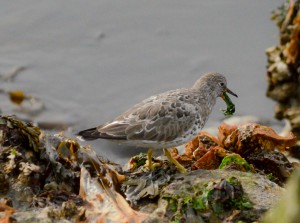
These birds usually eat invertebrates so this picture of one eating Sea Lettuce (Ulva lactuca) is a bit unusual.
For now I think a census of the last few days is in order:
Steller (Northern) Sea Lions: 30
Harbour Seals: 100
Elephant Seals: 10
Orca: 6
River Otter: 1
Mergansers: 2
Pigeon: 1
Cormorants: 40
Glaucous-winged Gulls: 200
Pigeon Guillemots: 60
Northwestern Crow: 2
Raven: 2
Rufous Hummingbird: 1
Black Oyster Catchers: 20
Bald Eagle: 10
Harlequin Ducks: 10
Black Turnstones: 30
Sanderlings: 4
Song Sparrow: 6
Canada Geese: 14
Surfbirds: 40
